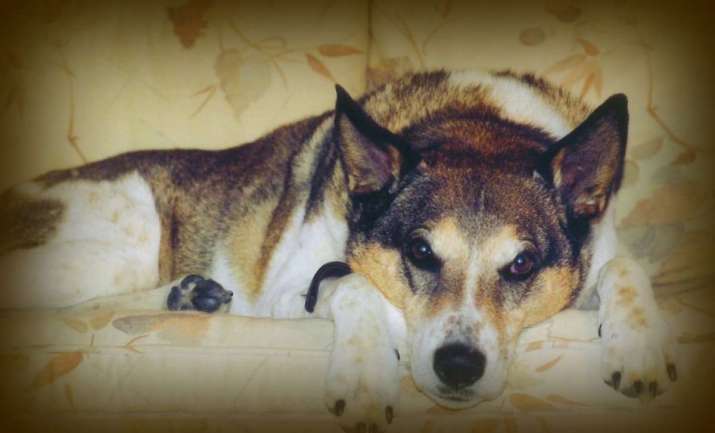
For most of human civilization, we have lived in communities. It is only in recent modern history that we have created the “luxury” of separation. Our current withdrawal into “I, me, mine” means that we are cut off from the broader support structures we need to recreate. We may have become too accustomed to being alone now, while we cruise the internet for a thousand kinds of seeming “connections,” which often only heightens our isolation. This has led to people living and sometimes dying without the support of others, but some are turning back toward community, to assist each other and our beloved animals in sickness and old age.
What does it mean to establish home-based hospice care for the animals in our communities, to assist our pets in dying on their own terms? From the start, it means committing to help each other—families, friends, neighbors, sangha—to educate ourselves and to create effective support systems beyond our individualized lives. In terms of our own health, our children, our animals, and a basic need for social interaction, we can turn toward cultivating community at the deepest levels once more. Animal lovers meet in dog parks, veterinary offices, coffee shops, school yards, and on hiking trails and in playgrounds. Increasingly, I hear stories of people bonding over the decline and aging of their pets in order to support their end-of-life care in a community.
I was fortunate to be living in a Buddhist center when my dog Cosmo was aging, sick, and then dying. I had sangha members to help me watch over him, administer medicine, help him to go outside, and keep him company. We modified his living area with padding for safety and pads for incontinence. A friend built him a wooden ramp to get outside with assistance. We took the time, energy, and care to make his surroundings suitable to his limitations. Because everything came from Goodwill—foam, towels, blankets, etc.—or the scrapyard—wood to build a ramp—very little of this modification cost anything besides being a labor of love. There are myriad creative home modifications for the changing mobility needs of elder pets, to ensure their comfort and safety, including pens, ramps, steps, and pain management.
We kept Cosmo as clean as one would a baby or an elder human: with love, tenderness, and a sense of caring duty, and never with resentment. Wonderful mobile veterinarians listened to my views on death, not judging but offering their medical advice based on my world views. I remain deeply grateful for this and advise others to seek veterinarians who work within a client’s own values and beliefs, not imposing their own.
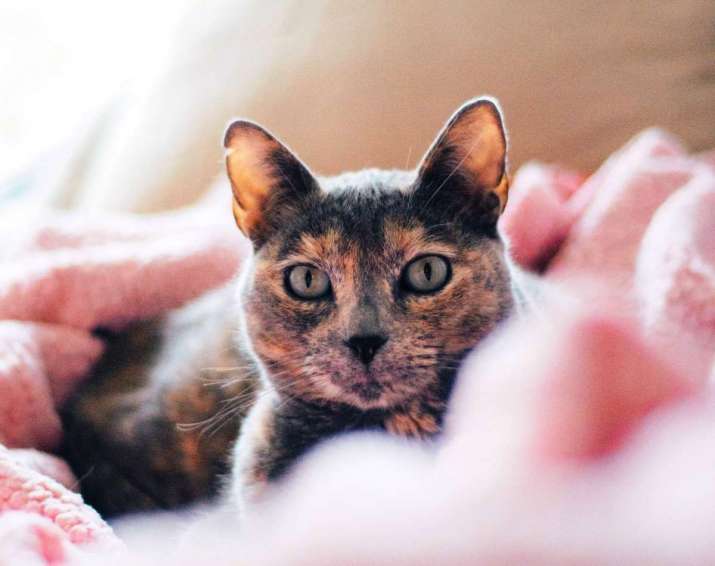
In hindsight, while it was challenging in more ways than one, Cosmo’s death at age 15 was also one of the most profound experiences in my life. I know we did everything we could to let him go with as little intervention as possible during eight months of hospice care. He had been on several arthritis pain medications for years, and I administered morphine injections in the last three days of his life to ease his pain as he let go toward death. This type of terminal sedation is an inexact science, the same we use with human beings. They were not lethal doses but rather meant to buffer his pain, and I did my best in this great unknown, in my all-too-humanly foibled way, to let him guide my actions. He let go one night into sleep without waking and I sobbed with a complex mixture of relief, grief, love, and gratitude for all of it, not really even knowing how to name my feelings at the time. After he passed, I still felt Cosmo’s shadow by my side for a long time. The sadness lasted several years, in various forms, as a long-term process of loving and letting go. There is no recipe for this experience and people often feel embarrassed to grieve a pet for an extended period, but I feel this is only natural considering how pure and profound these connections can be.
What does it truly mean to midwife another being through death? It means that, much as we do in the birth process, we help to guide an animal through the stages of decline, as we already do with the human beings we love. It means learning about palliative care, sedation, pain medications, and perhaps modifying our schedules to accommodate their changing needs.
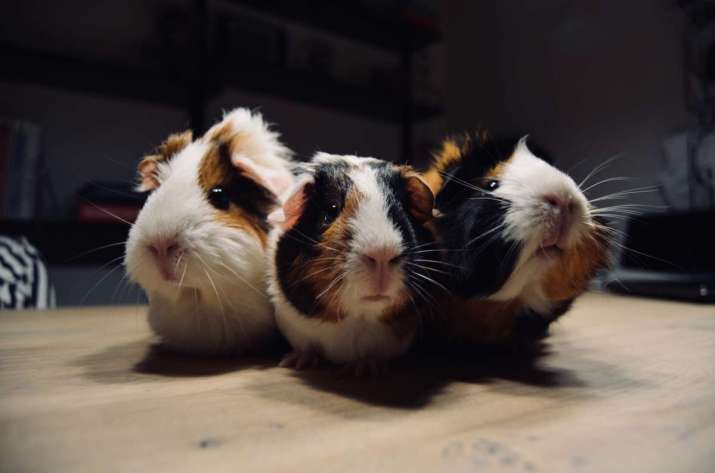
In their elder years pets often require pain management medication, simple massage, and body care, and so on. Because they may not realize that they are old, we may have to restrict their physical activities so they will not injure themselves. Yet animals, like people, can become isolated if we restrict their mobility without ensuring enough social contact. Some people take their smaller pets out and about in strollers, which may seem silly, but actually allows them access to nature and to other animals and people, which is as important for them as it is for sick or elderly humans. Imagine that they are still able to smell the grass, feel the breeze, and interact with other animals even when they can no longer run and play to the same extent as they used to.
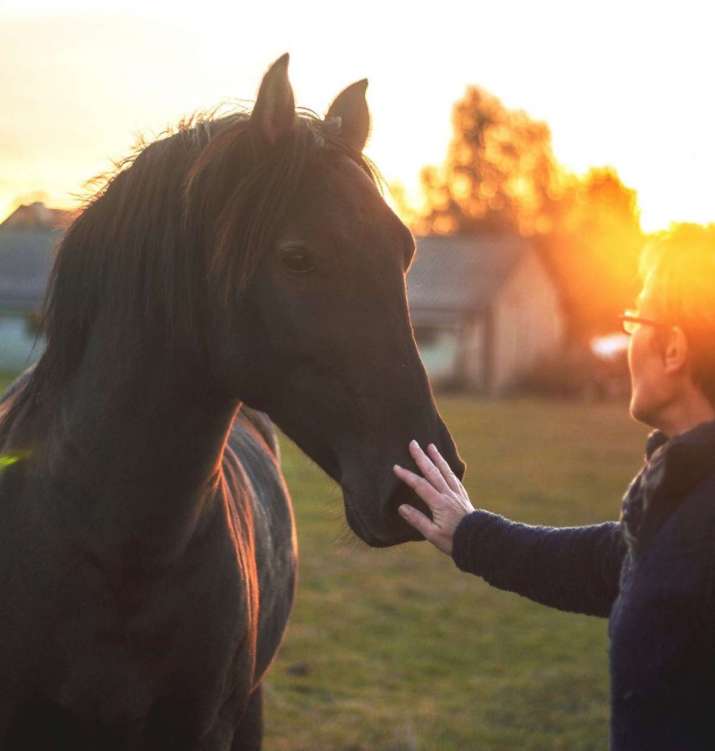
Since we do not have a good understanding of what animals experiences emotionally and spiritually as they age and begin to die, we can attend to their hearts and minds through prayer, song, loving touch, meditation, and including them near us when we engage in practices of many kinds. Keeping them nearby when we work, cook, read, or study means that they accompany us and avoid the loneliness of separation. I believe that talking to them about what is happening is also beneficial. Even if it serves only to calm our own nervous system, we are so closely linked that this in turn helps our beloved pet to feel calm, connected, and safe as their body declines and anxieties may increase. We must remember, however, that in some ways animals suffer less than we do, in the sense that they likely do not anticipate death or worry about it, but remain present with what is happening. So all the ways in which we can make their present experience more soothing, humorous, and joyful brings benefit for both.
How we help others transition from life into death is very closely tied to how we view our own impending death processes, and as Buddhists, this needs much more practical cultivation in Western culture, especially examining our assumptions about euthanasia. As one of my sublime teachers has stated: “There’s no proof that euthanasia ends suffering, since suffering is the mind’s experience and mind never shuts down. Mind is going to experience what it is one’s karma to experience, whether one is alive [or dead], awake, asleep, or dreaming.”* This is the essence of the Buddhadharma: we do not know who another being is, or what they experience, and we therefore try to support and not interfere with their karmic trajectory.
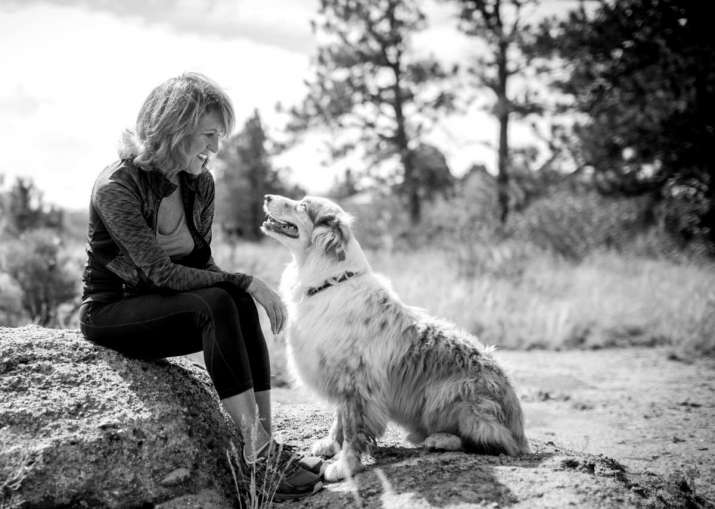
Several animal hospice organizations support the model of the least interference possible. One, BrightHaven, offers helpful advice and tools to examine both euthanasia and hospice-supported natural death. As they state: “Hospice care is skilled comfort care to the end of a life wherein death is neither hastened nor postponed.” And from the Grace Hospice Consortium: “In those exceptions when patient comfort cannot be adequately maintained or the caregiver’s emotional, physical, financial, or other resources are insufficient, animal hospice care can be ended by euthanasia.”** In both cases, euthanasia is the last resort. The Buddhist hospice caregivers I know do not utilize euthanasia at all, but ameliorate suffering in other ways and have numerous stories of calm, simple death processes of the animals they have cared for. Group hospice support involves helping each other so that euthanasia is not the only option to handle the physical, emotional, and financial/logistic stressors that animal caretakers may face.
Although fear or uncertainty may arise in the final days of a precious being’s letting go, there are often sacred moments of joy, humor, peace, and even beauty. There is grace in allowing and supporting the natural process of the dissolution of elements and memories that we will all eventually experience ourselves.
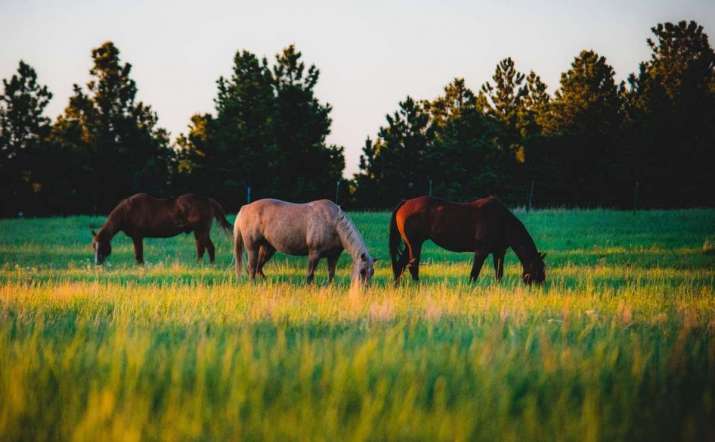
In Western culture, we assume that euthanasia is the main option. As animal bioethicist Jessica Pierce writes: “If an animal’s diagnosis is poor, or the animal is starting to need significant care, euthanasia is entrenched in our thinking. We don’t let them die naturally.” This is a mistake. Again, while recognizing that euthanasia might sometimes be used for a suffering animal, Pierce believes that we tend to resort to it too often, too early, and for the wrong reasons.***
May all animals have our devoted, loving care and may we let them guide us in what is best for their end-of- life journey.
See part one: Midwifing Death with Love – Applied Buddhism for Animal Care
See part two: Committed to the End – Caring for Sick and Elderly Pets
* Lama Yeshe Wangmo, personal conversation, 18 March 2017
** Animal Hospice Checklist (BrightHaven)
*** Author looks at alternatives to pet euthanasia (The Daily Camera)
See more
Palliative Care for Dogs (VCA)
Quality of Dying Checklist (BrightHaven)
Quality of Life Scale (Pawspice)












